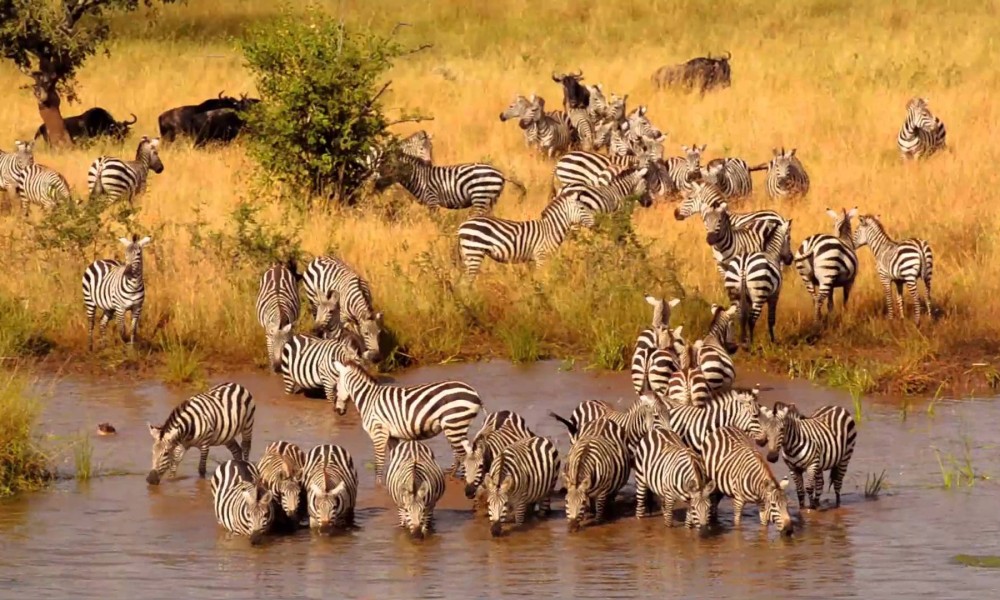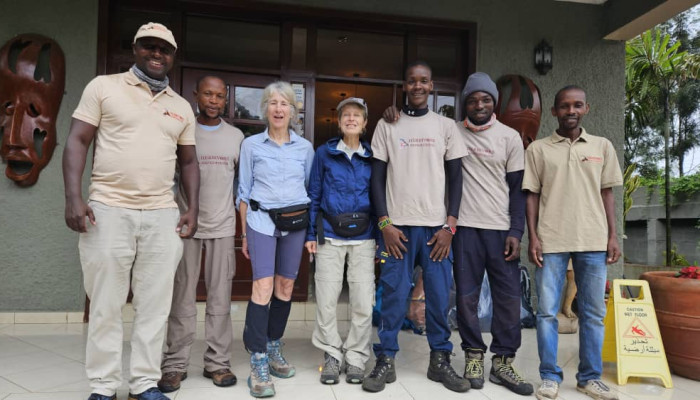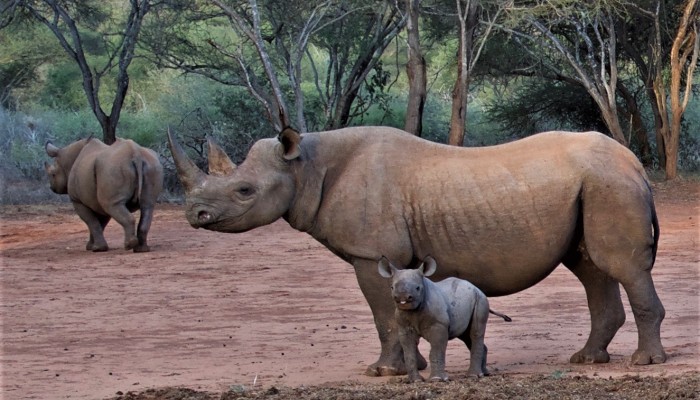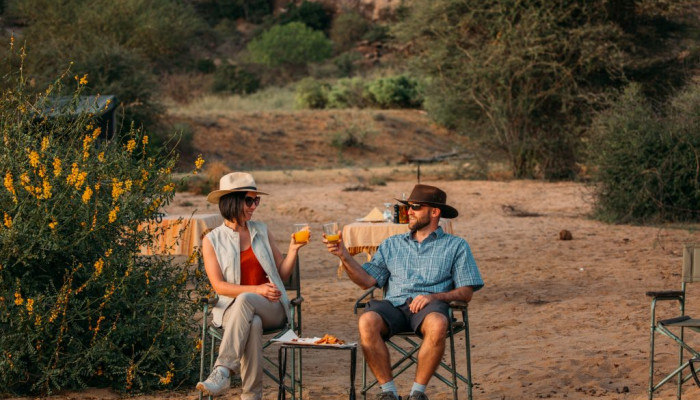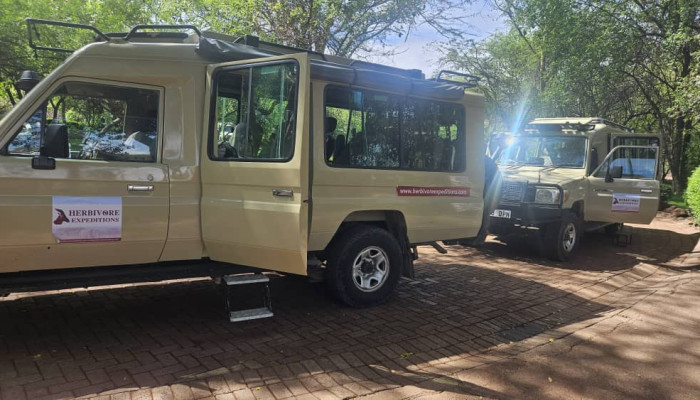
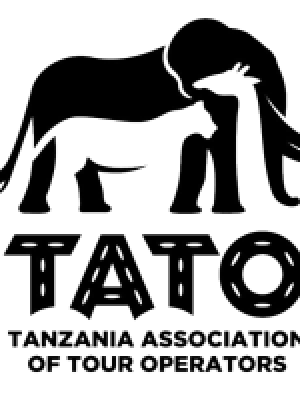
Posted by:
Herbivore
Tour Expert
When is the best time to park on a Tanzania safari?
The best time to plan a safari in Tanzania largely depends on what you want to see and experience. Here's a detailed guide to help you decide:
Best Times for a Safari in Tanzania
Dry Season (June to October)
- Advantages:
- Best wildlife viewing: Animals congregate around water sources, making them easier to spot.
- Great conditions for game drives: The vegetation is thinner, providing better visibility.
- Comfortable weather: Days are sunny and warm, while nights are cooler.
- Highlights:
- Great Migration: Witness the river crossings of the Mara River in the northern Serengeti (July to October).
- Ngorongoro Crater: Excellent for viewing a high concentration of wildlife.
Wet Season (November to May)
- Advantages:
- Lush landscapes: The scenery is green and beautiful, perfect for photography.
- Fewer tourists: Enjoy a more exclusive and quieter safari experience.
- Birdwatching: Migratory birds are present, making it an ideal time for bird enthusiasts.
- Highlights:
- Calving Season: From January to March, wildebeest calving occurs in the southern Serengeti, attracting predators.
- Green Season: Excellent for seeing newborn animals and predator-prey interactions.
Specific Months
- June to July: Early dry season, excellent for general wildlife viewing, and the Great Migration is moving north.
- August to September: Peak dry season, perfect for river crossings in the Serengeti and wildlife viewing in most parks.
- October to November: Late dry season transitioning to the short rains, still good for wildlife viewing with fewer crowds.
- December to March: Short dry season and calving season, ideal for seeing newborns and predator action.
- April to May: Long rains, the least popular time due to muddy roads and potential access issues, but very lush landscapes and fewer tourists.
Recommended Parks by Season
Dry Season (June to October)
- Serengeti National Park: Witness the Great Migration and river crossings.
- Ngorongoro Crater: High density of wildlife and fewer tourists.
- Tarangire National Park: Large herds of elephants and other animals congregate around the Tarangire River.
- Ruaha National Park: Excellent for predators and large elephant herds.
Wet Season (November to May)
- Serengeti National Park: Calving season in the southern plains.
- Ngorongoro Crater: Green and lush landscapes with good wildlife viewing.
- Lake Manyara National Park: Great birdwatching and lush scenery.
- Selous Game Reserve: Quieter and more remote, ideal for an off-the-beaten-path safari.
Accommodation Considerations
- Dry Season: Book well in advance, especially in popular parks like Serengeti and Ngorongoro.
- Wet Season: Some lodges may offer discounts, and availability is usually better.
Tips for Planning
- Book Early: Especially during peak seasons, to secure permits and accommodation.
- Pack Appropriately: Lightweight clothing, sturdy boots, waterproof gear for the wet season, and layered clothing for cooler nights.
- Stay Hydrated: Bring reusable water bottles.
- Respect Wildlife: Maintain a safe distance and follow your guide’s instructions.
- Enjoy the Experience: Take time to soak in the scenery and enjoy the unique moments of your safari.
In summary, the best time to go on a safari in Tanzania is during the dry season from June to October for optimal wildlife viewing and comfortable weather. However, the wet season from November to May also offers unique experiences such as the calving season and lush landscapes, making it a great option for those seeking fewer crowds and vibrant scenery.
Need something more ...?
View by Tags
- Adventure Serengeti Balloon Safaris
- Honeymoon Serengeti Honeymoon Safaris
- Tanzania safaris Serengeti Safaris in Tanzania
- Adventure SUGGESTIONS FOR SAFARI?
- Culture THE WEATHER IN TANZANIA
- Nature TRAVEL ADVICE
- Trek WHAT TIME OF DAY IS BEST FOR CLIMBING KILIMANJARO?
- Safari When is the best time to park on a Tanzania safari?
- Bigfive Where in Tanzania can I witness migration and the Big Five?
- Beach ZANZIBAR POPULARITY
